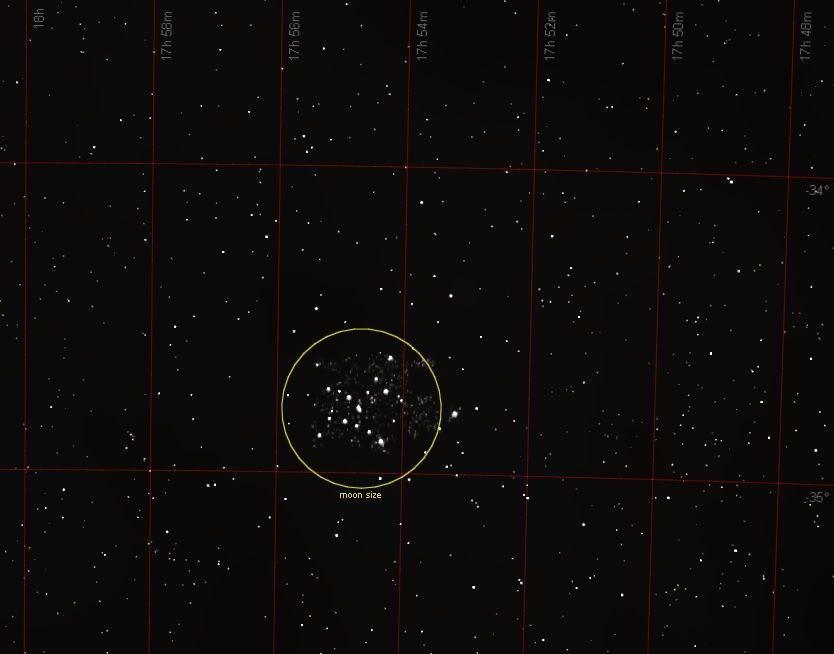
Posted on 01/07/2014 7:05:14 PM PST by SunkenCiv
Explanation: M7 is one of the most prominent open clusters of stars on the sky. The cluster, dominated by bright blue stars, can be seen with the naked eye in a dark sky in the tail of the constellation of the Scorpion (Scorpius). M7 contains about 100 stars in total, is about 200 million years old, spans 25 light-years across, and lies about 1000 light-years away. The above deep image, taken last June from Hungary through a small telescope, combines over 60 two-minute exposures. The M7 star cluster has been known since ancient times, being noted by Ptolemy in the year 130 AD. Also visible are a dark dust cloud and literally millions of unrelated stars towards the Galactic center.
(Excerpt) Read more at 129.164.179.22 ...
[Credit & Copyright: Lorand Fenyes]
Ptolemy sure had a good pair of eyes.
I think Ptolemy thought it was a nebula instead of a star cluster. Back then the skies were clear of man made light pollution, and the viewing must have been spectacular...
However, a footnote in my copy of the Toomer translation of the Almagest notes that one "Manitius", an early translator, identified this as the star G Scorpio, which shows up in my Starry Night app just south of M7. It is near a globular cluster NGC6441, so the note says that it is "obviously included" as Ptolemy mentions the nebulosity.
This seems specious to me. That cluster is very dim, and could not have been observed by naked eye, I don't believe. In fact, it does not show up in my Starry Night display, even at high magnification.
I feel sure the popular designation of M7 is correct.
Anyway, here is M7 in my Starry Night view as it appears on the southern horizon from mid-northern latitudes. I included my "moon size" FOV (Field Of View) indicator. Note that the APOD shows an orientation rotated clockwise about 90 degrees:

What’s that age-old Q ... Are there more grains of sand by the sea or stars in the cosmos ?
Disclaimer: Opinions posted on Free Republic are those of the individual posters and do not necessarily represent the opinion of Free Republic or its management. All materials posted herein are protected by copyright law and the exemption for fair use of copyrighted works.